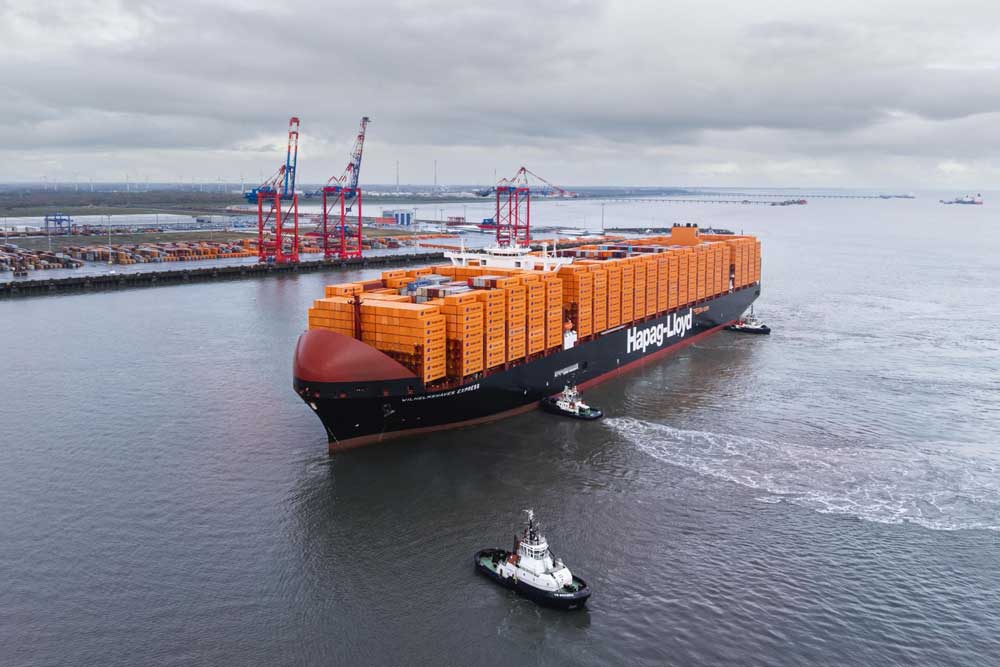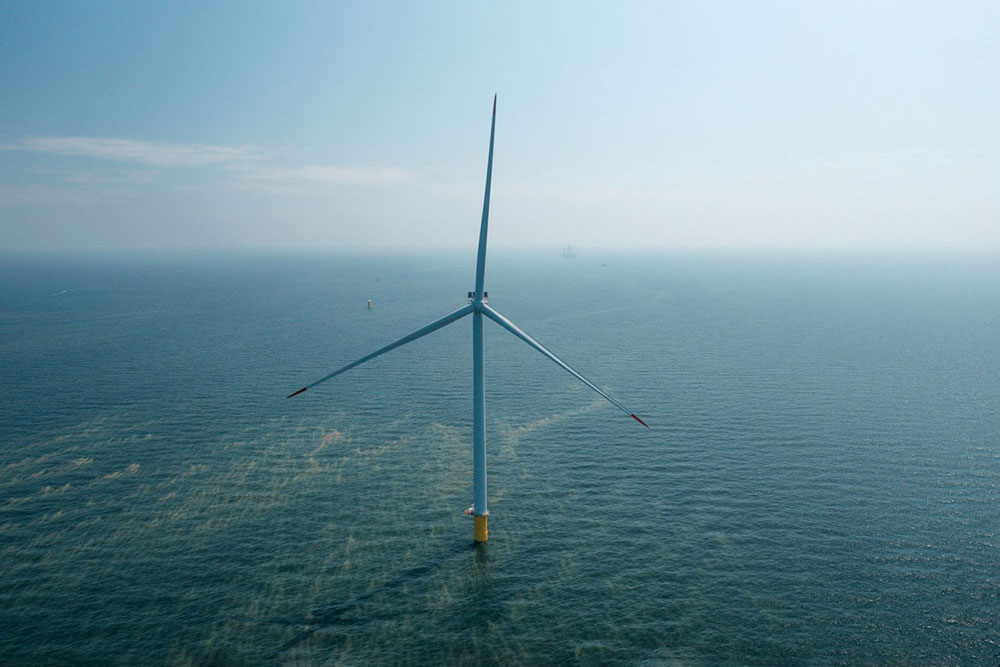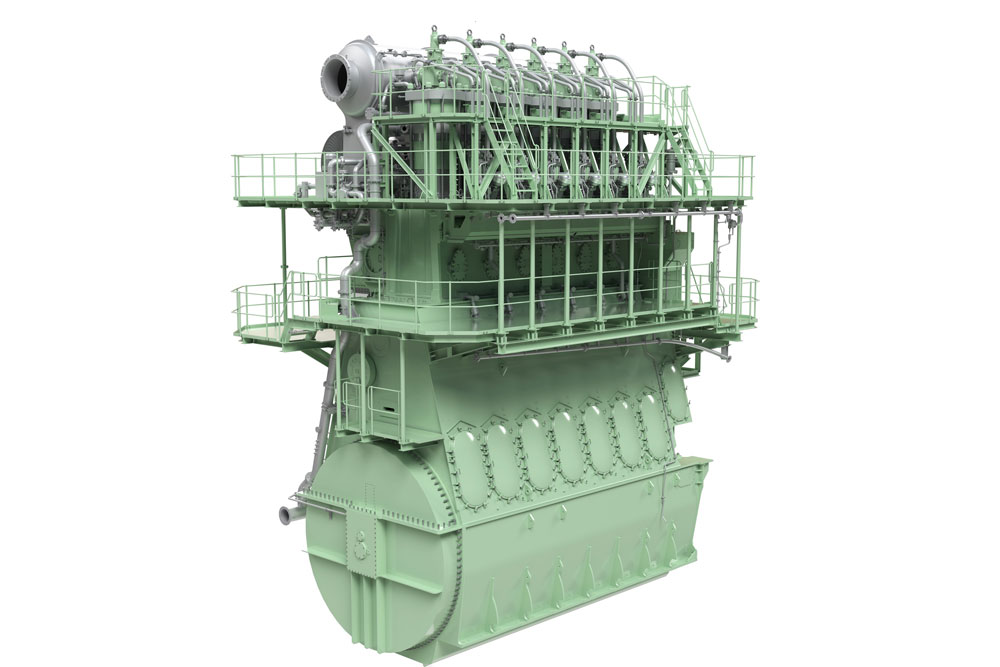Container ships in four other northern European ports are to be supplied with shore power by 2030.
Aarhus, Gothenburg, Stockholm and Bremerhaven will receive a total of €18.8m in funding for the “EU.OPS.Network” project. This project is a direct response to the new EU regulations that will come into force in 2030. These stipulate that ships with a gross tonnage of over 5,000 must be connected to shore power during laytime. This will enable them to use electricity from the direct grid in ports instead of generating it on board using engines. This should not only reduce CO2 emissions but also improve working conditions in the ports. In total, up to 35,000 tons of CO2 should be saved each year.
The project’s funding comes from the EU “Connecting Europe Facility” (CEF) fund, which has a total budget of €37.61m.
Over €5m to Bremerhaven
“This fits in perfectly with our ambitious land-based power expansion targets: In Bremerhaven, the plans for two new, mobile and one fixed system at the container quay and one each at the cruise terminal and the car port are currently about to be implemented as a first step – in the long term, corresponding systems should be available at other berths later on,” reports Senator for Economics, Ports and Transformation Kristina Vogt and is delighted with the joint success of the four major North Sea ports. “Bremerhaven alone will receive funding of €5.23m, which corresponds to around 50% of the cost of a single shore power connection.”
“We are very pleased that the European Commission and the CEF Committee recognise our ambitious goals for the green transition,” said Anne Zachariassen, COO of the Port of Aarhus and project coordinator. “As some of the most important ports in Northern Europe, it is fantastic that we can work together to reduce the climate footprint of the shipping industry, which is a global challenge we are tackling together. Shore power for container ships is crucial for all ports involved.”
Stockholm Norvik is already prepared for shore power
According to the Swedish port operator Ports of Stockholm, the project also includes the port of Stockholm Norvik, which was inaugurated in 2020 and has already been prepared for construction. The infrastructure for shore power is, therefore, already in place. The power connection set up as part of the project will be available to all shipping companies on equal terms and will consist of a mobile container distributor for two berths.
“Together with the other ports involved in the project, we are investing in a fast and safe expansion of shore power for container ships in order to further strengthen our modern cargo port, Stockholm Norvik Port, as a hub for sustainable transport,” said Johan Wallén, Marketing and Sales Manager at Ports of Stockholm. “The EU’s positive decision on funding shows that this is a priority project for the increased electrification of the transport sector, with a focus on the conversion of shipping.”
Shore power expansion in Hamburg
Hamburg is another major port that is preparing to make extensive use of shore-side power. While cruise ships have already had access to the local power grids for some time, container terminals have also been equipped with corresponding connections this year. Others will follow in the coming months.















